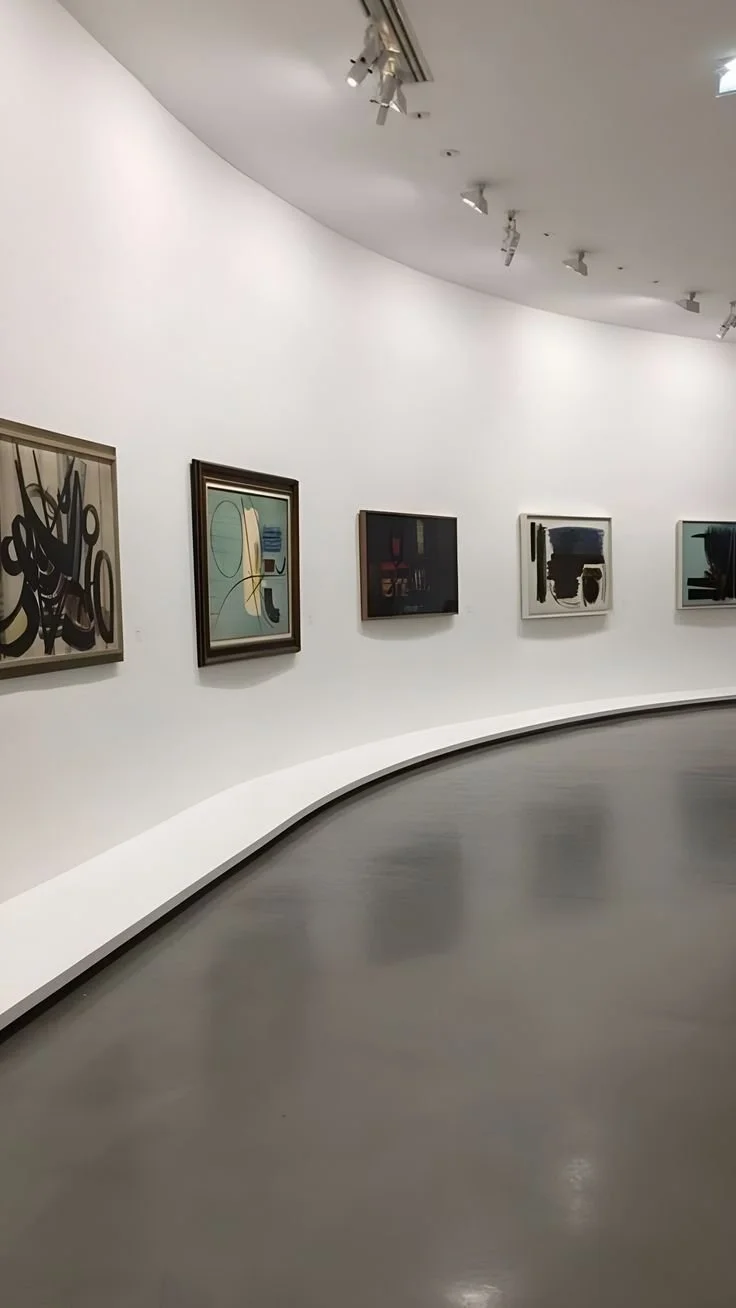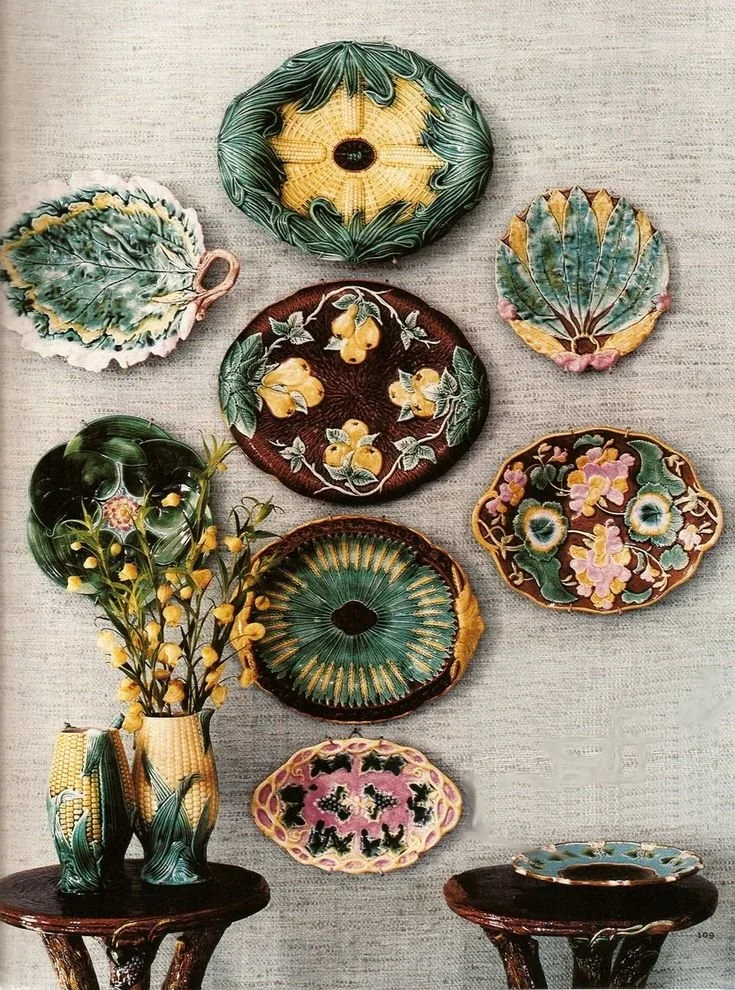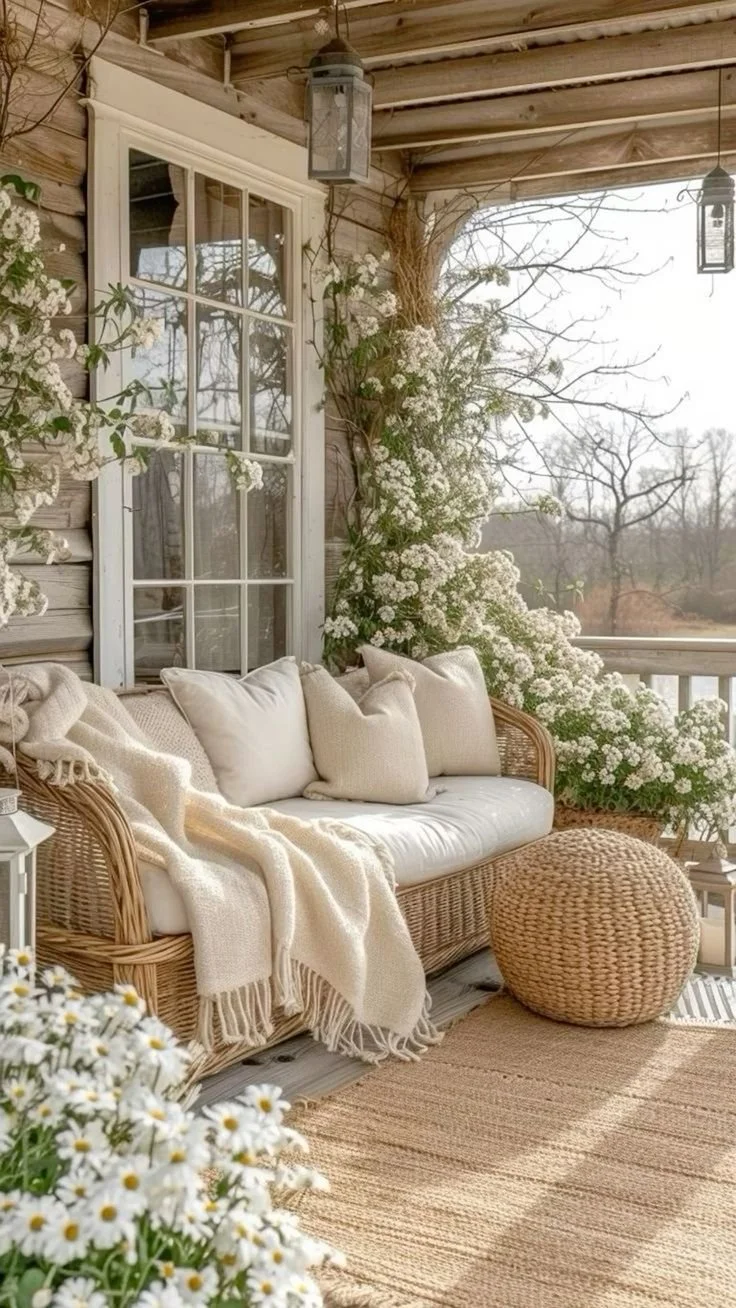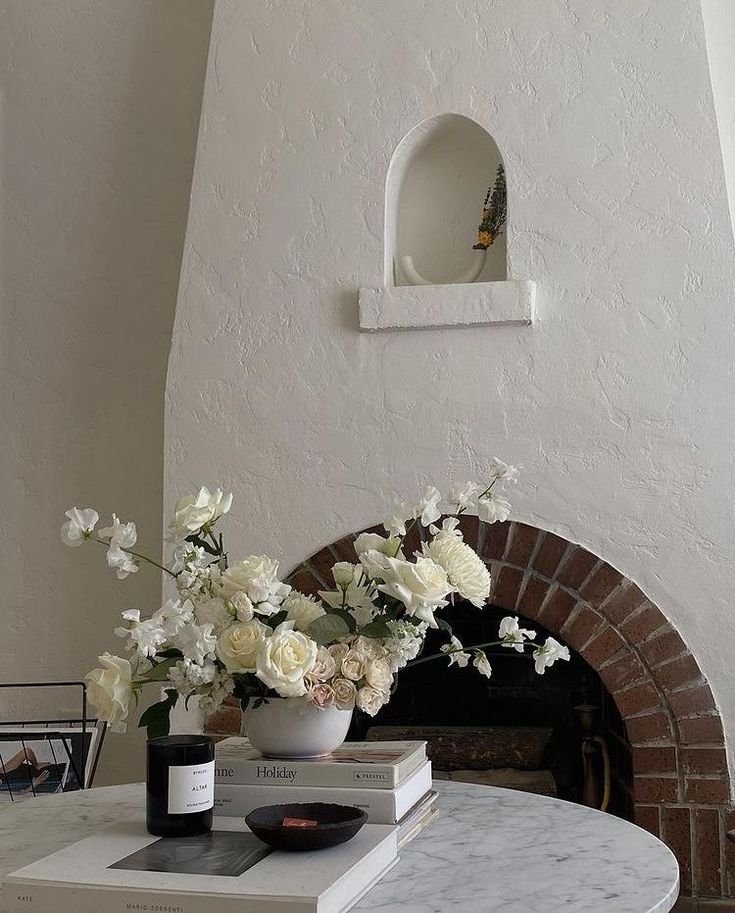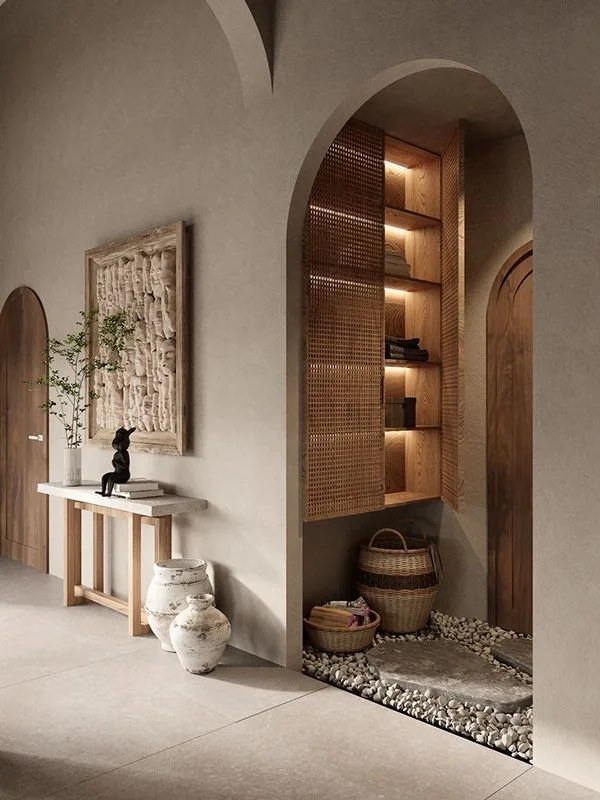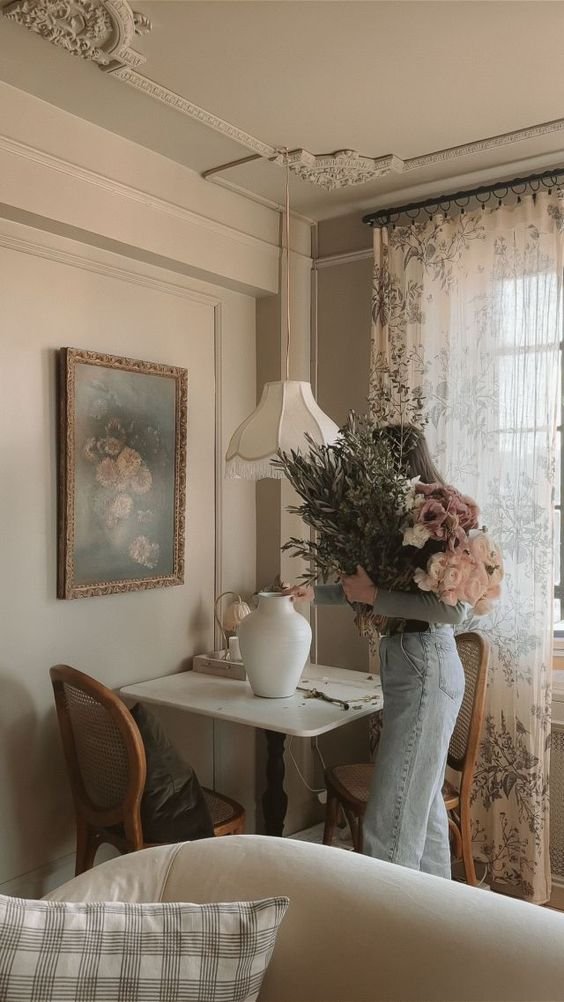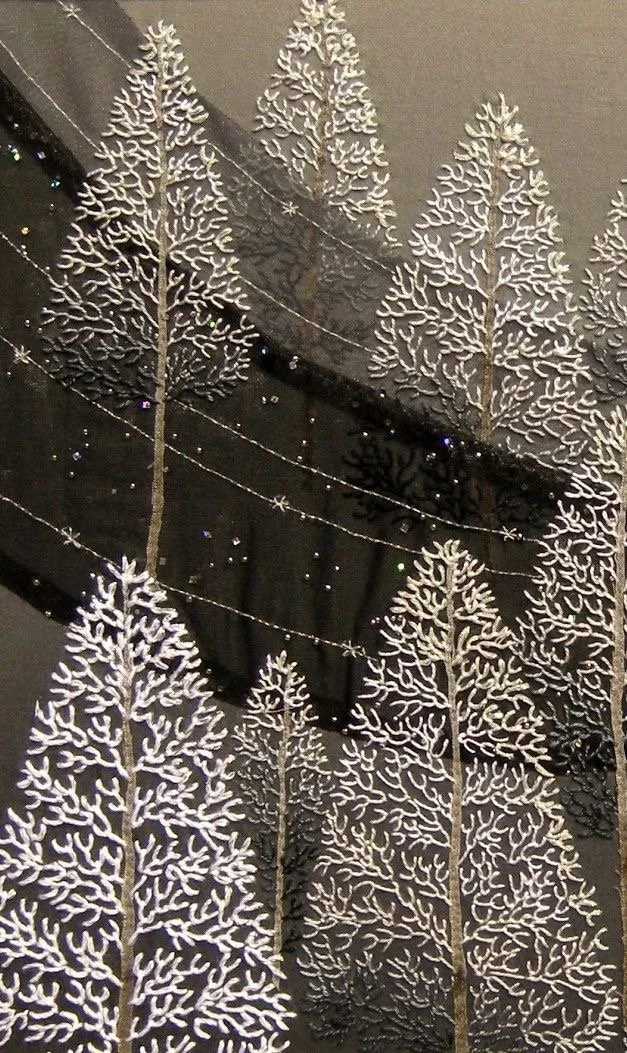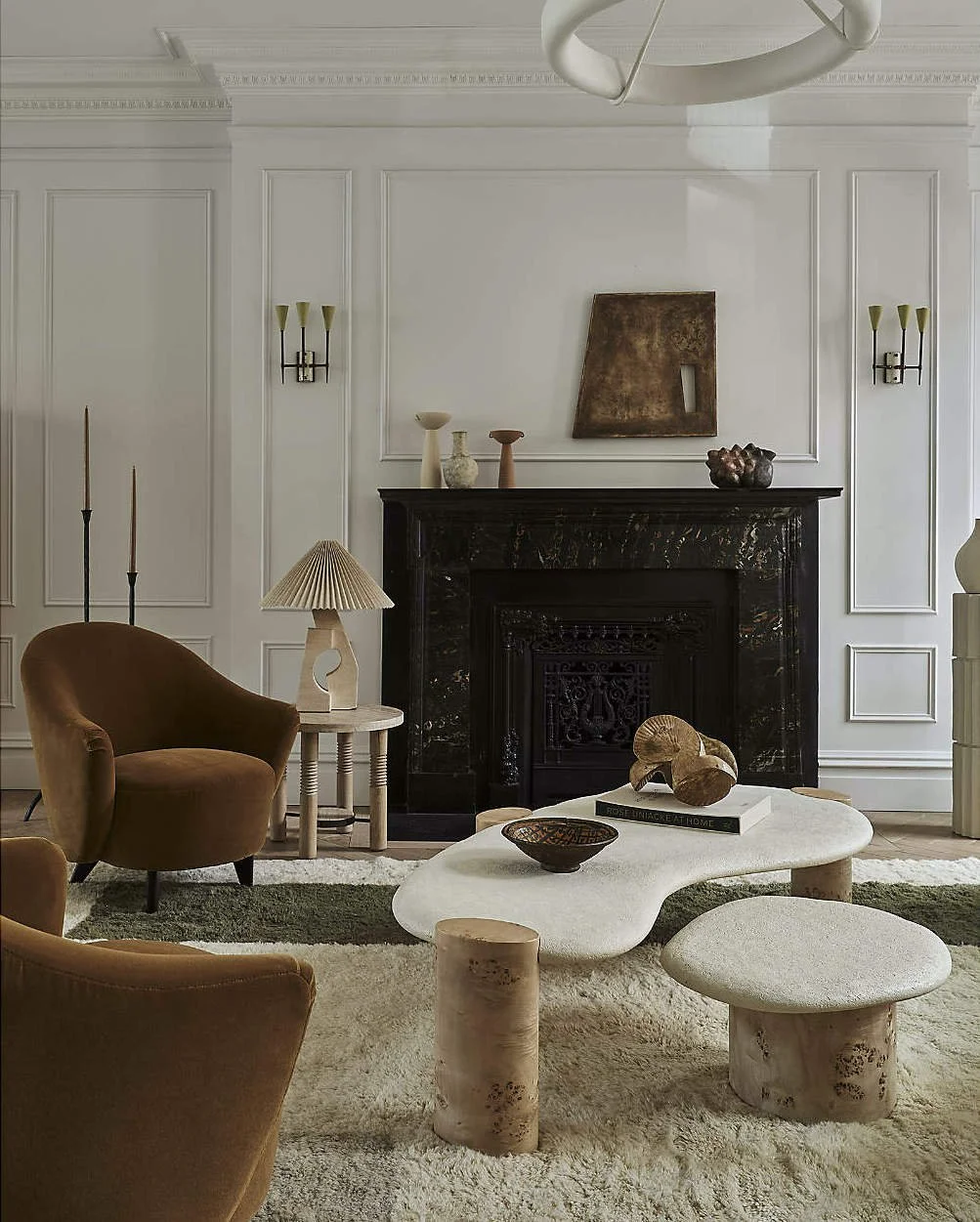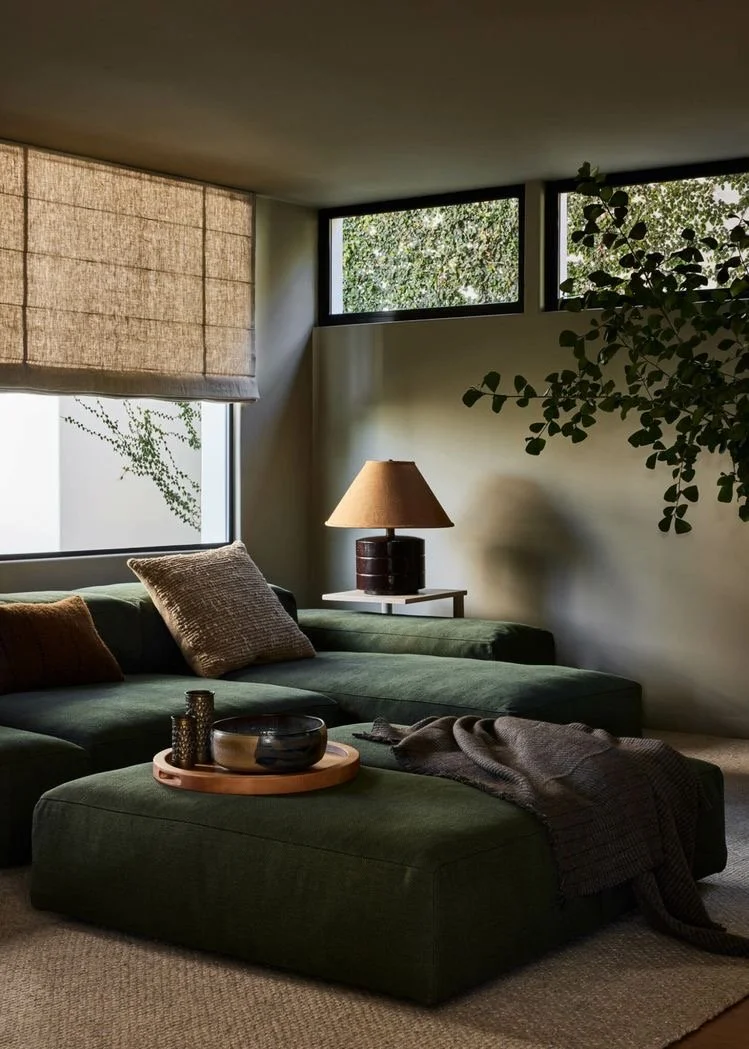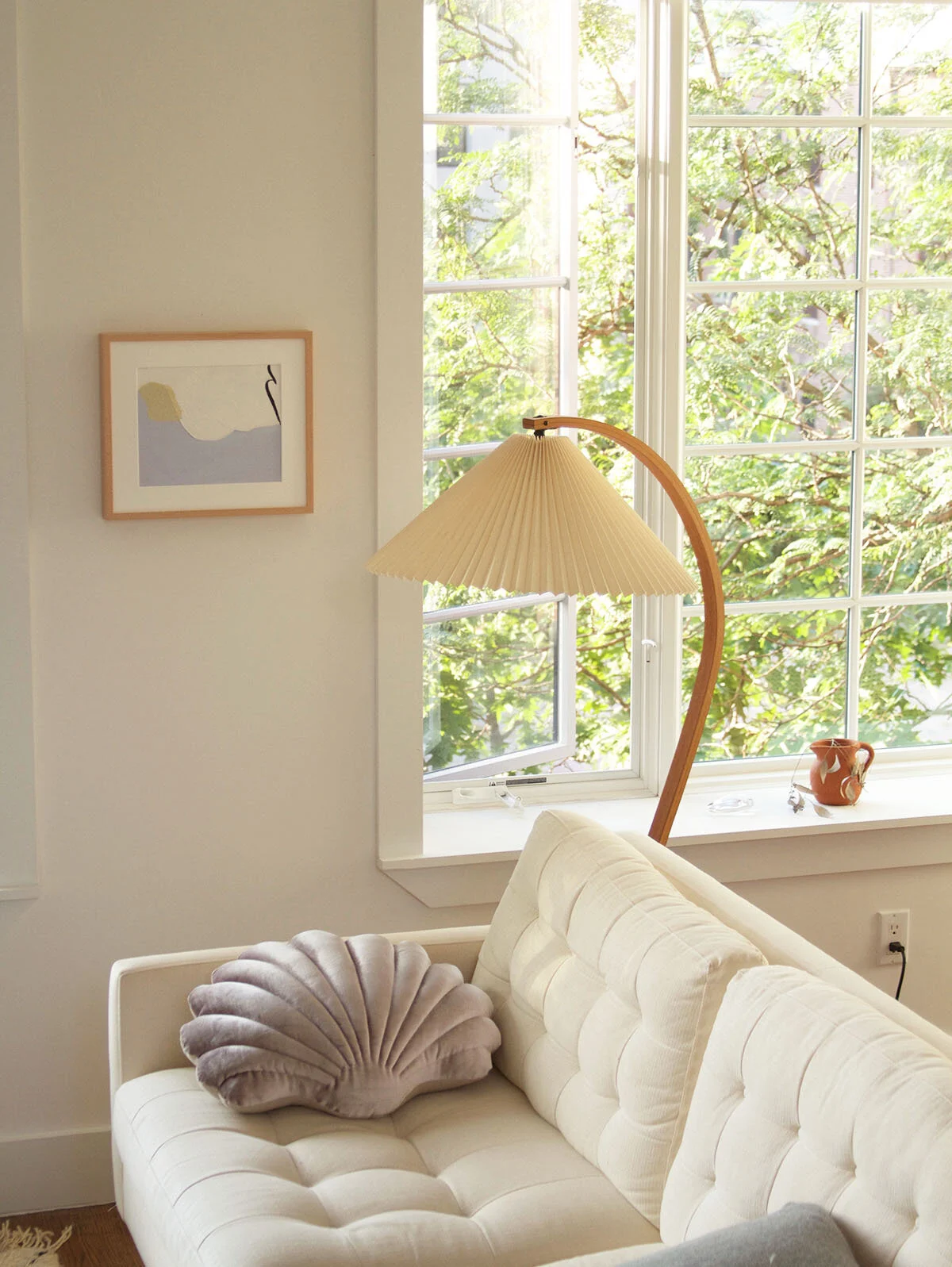Montessori Bed With Legs: Why Kids Adapt Faster And Love It
A Montessori bed with legs is a low-lying bed designed for children to easily adapt to and joyfully shift from a cradle or bassinet to this independent sleeping area. The rising popularity of these beds lies in their alignment with the Montessori philosophy, promoting freedom of movement and fostering a sense of autonomy in young ones.
In this article, we uncover how a Montessori bed can revolutionize your child's sleep environment, fostering independence and well-being from a young age.
The Concept of a Montessori Bed
How It Differs from a Regular Children's Bed
A Montessori toddler’s bed with legs looks very similar to a regular one, but there are several significant differences. The main feature is the low height from the floor, allowing little ones to climb in and out of bed freely without needing assistance. It does not restrict the kiddo's freedom, encourages early development and independence, and remains safe for any age, even for those little ones who have just learned to walk.
No. 1
Placement and Accessibility
A Montessori bed is typically placed on the floor or has very low legs.
A traditional child's sleeping place usually has a high base and barriers to prevent the child from climbing out of bed independently. This limits the child's ability to move around freely. With a low bed, toddlers can more easily practice self-control, develop motor skills, and gain a sense of independence. They have more opportunities for exploration and play, which promotes active early development.
No. 2
Safety
A Montessori bed is positioned low to the ground, minimizing the risk of falls and injuries.
Additionally, you can place a soft rug around the bed for extra cushioning. Modern models may also have side rails to prevent accidental rolling out. Traditional beds are enclosed by rails on all sides, ensuring the child stays inside until parents help them out. While this provides safety, it also restricts the child's movement and independent exploration.
No. 3
Materials
Montessori products are meticulously crafted using high-quality, sustainably sourced natural wood materials, ensuring an eco-friendly and aesthetic appeal.
Children's beds can be made of plywood, particleboard, metal, or even plastic. However, when it comes to Montessori products, only natural materials are acceptable. The base of the product is made from natural wood covered with hypoallergenic paints or varnishes, making the furniture sturdier, more durable, and safer.
No. 4
Interactive Developmental Environment
Montessori children's beds can be equipped with wooden or rope ladders, interesting climbing structures, and bars.
This makes it not only a space for sleeping but also an exciting gym bed, which doesn't require additional space for installation. Moreover, the bed can be supplemented with a foldable or removable table, drawers, and other elements that make it even more functional.
No. 5
The Hidden Challenges of Montessori Beds
While Montessori beds offer numerous advantages, they do require that the space accessible to the child be well-prepared and safe.
This includes window guards, socket covers, and the removal of any sharp or small objects within the child's reach. Parents need to assess the room from the child's height, identifying potential hazards and ensuring everything within reach is safe. The effort to childproof the space is well worth it, as the benefits are invaluable.
No. 6
Types of Montessori Beds with Legs
Square Bed: Suitable for kids of all ages, from toddlers to teenagers, and even parents. It comes in various sizes, making it adaptable to any family’s needs.
Gym Bed: A true paradise for little ones, as it is equipped with monkey bars, ladders, and other climbing structures that provide fun and physical activity. Toddlers easily adapt to a bed that has transformed the room into an attraction with unlimited entertainment, making this option a popular choice among parents. It also saves room space, allowing you to organize both a sleeping area and a play corner in one.
Regular Montessori Bed: Compact and convenient. It meets all safety criteria and has a minimalist design that complements any interior style.
Car Beds: A dream come true for both boys and girls, car beds are attractive and interesting. Besides their stylish appearance, these beds are very comfortable for sleeping and playing.
No. 7
What Do Users Say?
Parents who have chosen a Montessori bed for their little ones often share their experiences on YouTube and independent review sites. The feedback is overwhelmingly positive, with both parents and kids expressing satisfaction with their decision. They highlight the convenience, safety, and attractive design of these beds, making them an ideal choice for any nursery.
Takeaways
Montessori beds are popular in their child-centered design, encouraging independence and freedom of movement. By providing a low-to-the-ground sleeping space, children can easily climb in and out, fostering a sense of autonomy and safety. This design also promotes better sleep habits and self-soothing skills. Additionally, Montessori beds can be customized with accessories like bed rails or canopies to suit individual preferences and styles.
Overall, Montessori beds offer a holistic and intentional method for creating a nurturing environment that supports a child's physical, emotional, and cognitive development, thereby cultivating a well-rounded and enriching growth journey.




